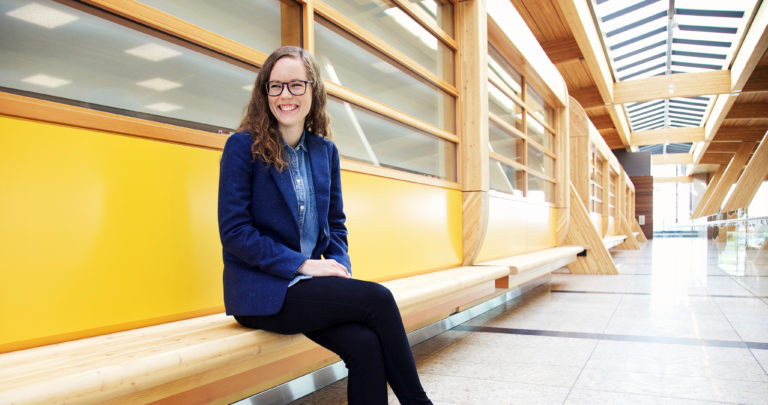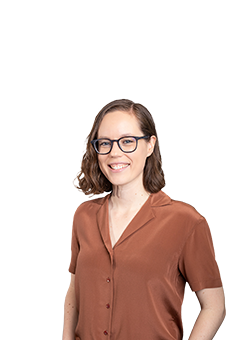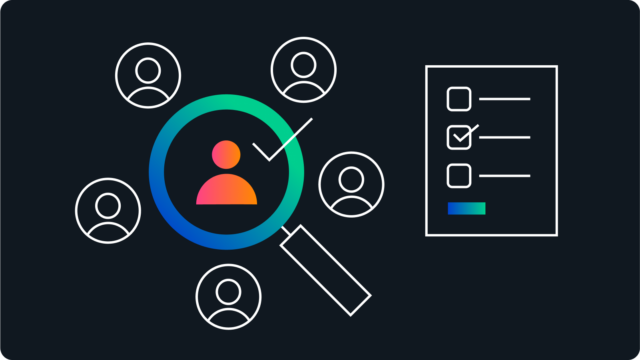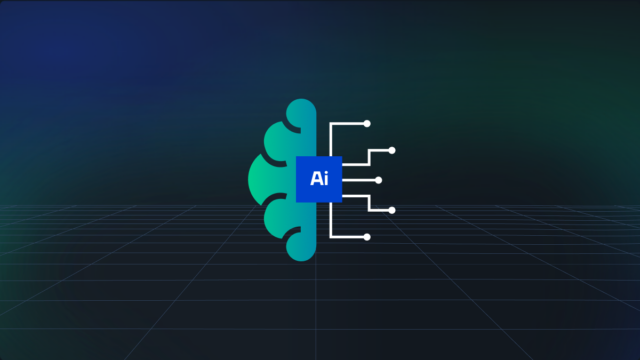Letter from the founder 2019

In 2019 Tiller charted a new course. Here’s what we learned and where we’re going.
When you’re running a business, you are, by necessity, focused on the immediate. What meetings are on my schedule? What fires need to be put out? What do I need to do today? This tyranny of now can pull you away from critical work, like defining the future you want for your business. It can also lock you into certain ways of thinking that aren’t productive for that future.
Over the last decade, Tiller has evolved from a way to make extra money while I was in school to a thriving web development and design agency with a growing international client-base. But I realized last year that I wanted more than just consistent growth for Tiller. I wanted to build a business that would outlive me.
That vision required a hard (but ultimately exciting and energizing) look at where Tiller was now and what we needed to do to bring our future vision to life.
It also led to two major realizations about the barriers that we had put in our own way.
I share these partly to mark our renewed ambition as we enter a new decade but also because I know that many who might read this could be experiencing the same things.
We were underestimating ourselves.
For years, Tiller has been slotted into a certain category by the market – an agency of a certain size. That comes with a certain kind of expectation about the company’s trajectory and what it could and couldn’t be, what kind of services it could and couldn’t deliver.
I realized last year this set of market expectations had accidentally become my own north star. I had internalized a vision for our own company that didn’t actually line up with my own ambitions. And ironically enough, this counterproductive story I told myself came during a year where the company was growing outside of its designated category.
Two great executive coaches, Janet Wood and Dan Leffelaar, helped me fully understand the ways I was underestimating myself and our team. They helped me shatter the glass ceiling I had built in my own mind and think less about what I assumed was possible and more about what I wanted to make happen.
I started asking myself a new set of questions and recalibrating my ambitions.
And it turns out that our ambition for Tiller is to become a global digital agency. This is where we landed and this is where we’re going.
But beyond that new vision for the future, there was a second challenge.
We just weren’t structured in a way to truly go after what we wanted.
This won’t scale.
To get Tiller off the ground in the early days, I had my hand on every aspect of our work. I managed every project from start to finish. I learned to edit video, write copy, and jump in to help with design work from time to time. And if there was an emergency in the middle of the night, I’d learn to reboot a server or write a few lines of code. As we’ve grown, we’ve hired experts and handed this work to them. We now have brilliant designers, developers, writers, project managers and other key talent in the business. We have a culture that prizes excellence for our clients.
But.
We also realized that we were still only structured to realize our previous, limited vision.
We needed to build a far more rigorous system across the business. We had to get more efficient, we had to rethink processes, we needed to add tools – and we needed to integrate all of that in our work every single day.
Here are just a few ways that Tiller evolved in 2019:
1. We built a predictable sales pipeline.
From day one, we’ve built our business on word-of-mouth referrals. We love that our clients recommend us to their networks. We’ve worked with incredibly cool companies and people as a result of someone calling and saying “someone said I should check you out.” But word-of-mouth referrals are fundamentally unpredictable and you can’t scale a business on them alone.
So, for the first time in a decade, we made significant investments in new brand building and outbound marketing efforts, working on an integrated program of search engine optimization (SEO), content marketing, and pay-per-click advertising (PPC). We consistently reviewed our performance and optimized every step of the way.
As a result, we’ve seen significant growth in brand awareness and we now have a more predictable and reliable sales pipeline. Word-of-mouth referrals remain important and very welcome in our business. We’re just less dependent on them.
2. We expanded our business development team.
Until 2019, our revenue was totally dependent on me. That approach needed to change for us to grow the business in line with our new vision.
Rather than pursue an external hire, we identified someone in our existing team with the potential to be a salesman. To help him succeed and to position ourselves to scale further, we also built systems, templates, and scripts for each step of our sales process. We defined new metrics for tracking our collective performance. And he’s killing it.
We can now say we have a sales team rather than just a salesperson.
3. We made investments in new tools and processes.
We had become adept at delivering high quality work despite a limited toolset. That wouldn’t work in the future. We deployed new project management software that has helped us forecast our team’s workload, address capacity gaps and do our best work. It’s also helping us share workload across the team and gives us a view into when we will need new hires.
4. We changed our approach to capital investment and financial forecasting.
When I was working under the glass ceiling, I’d find myself regularly thinking, “I have X dollars to invest. With that, we can achieve Y.”
Once that ceiling was gone, I started thinking differently. “We want to achieve Y. So we’ll need X.”
That’s a big difference.
But how do you fund ambitious growth in the smartest way possible? Our accounting team was too focused on reporting the past to spend time on forecasting the future. So, I was always trying to figure this out on my own. With the encouragement of one of many mentors who’ve helped me over the years, I hired an experienced CFO. She’s helping us establish new processes for day-to-day financial management and longer term financial forecasting.
A new mindset for a new decade.
I don’t like to go slow.
My instinct is to push hard, get things done, and keep moving.
But in 2019, I learned that by being more considered about our ambitions, we could finally understand what they truly were. And by building systems for the future, not just today, we would have a real chance to bring them to life.
It’s 2020 and we’re into our second decade here at Tiller.
We’re finally built to go fast.
So, that’s our plan.



